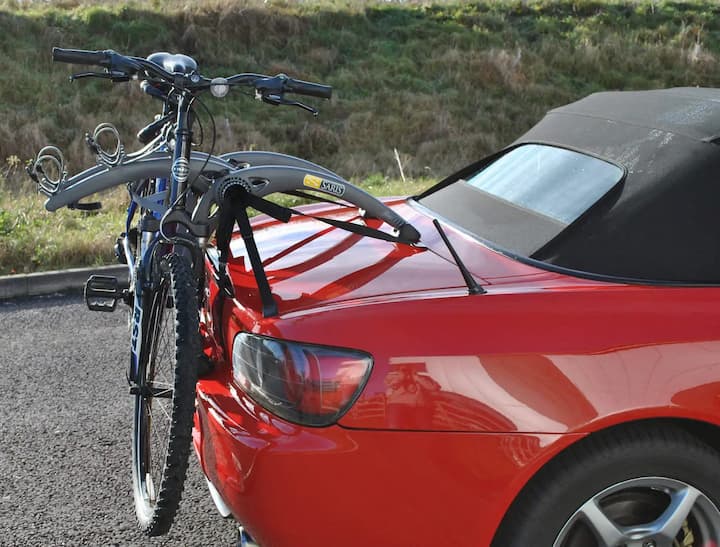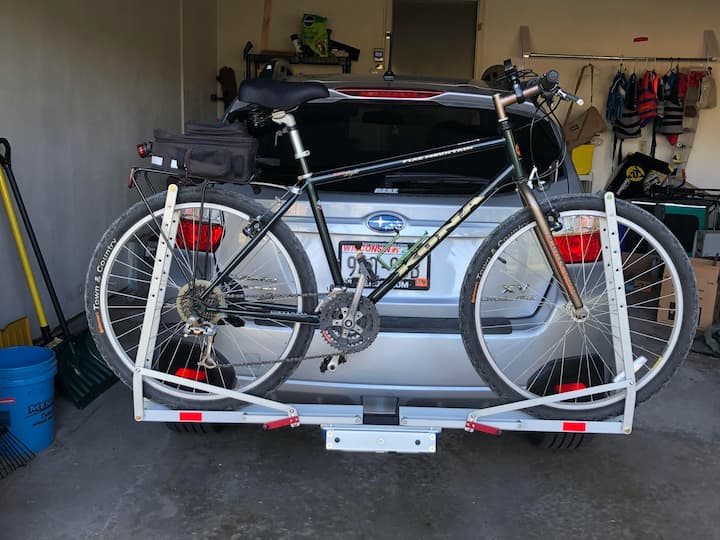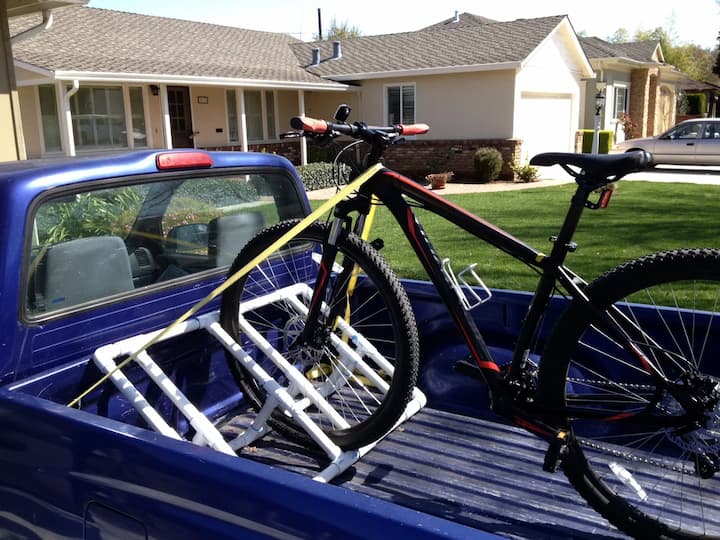A Guide to Tow Bar Bike Racks
If you have more than a few bikes, you’ll want a secure and safe way of getting them to where they’re needed. Bike carriers come in all shapes and sizes, can carry a varying number of bikes in a single go, and are suited to different types of vehicles. There are more options to choose from and at different price points.
What to Consider When Buying a Bike Rack
Types of Bike Racks

Before parting with your cash, there are a few things to consider. There are different types of bike racks and some will be better suited to carrying more bikes at a time. If your car is fitted with a towbar, then a 3-bike towbar rack is a safe starting point. This can easily handle three bigger and heavier mountain or e-bikes. Of course, there are also roof and boot bike racks, and each has its pros and cons.
Tow Bar and Tow Ball Bike Racks
A rack mounted to the tow bar or tow ball certainly has the upper hand when compared to other bike racks. They might require a fitted receiver hitch or tow ball, but they have no issues with differently-sized bikes and bikes with more heft. And the fact that they sit lower, means unloading and loading bikes is a breeze.
Towbar racks are fitted to a mounting plate on a flange-style tow bar. This can be done within a matter of seconds, while also allowing for a trailer to be connected at the back. Bigger racks going on the tow bar can carry up to 5 bikes, allow all bikes to be locked onto the rack, and are a stable option that also won’t impede rear visibility or create unwanted drag. What’s more, they free up space along the roof and also allow for easy access to the boot without taking the bikes off. Look for a towbar rack with an included slot for an accessory number plate and included lights.
Tow ball racks come in two varieties – those that bolt onto the tow ball with an adjuster screw, and clamp on racks that clamp around the tow ball. These too can carry 4 or 5 bikes at once, though there are accessories like adapter arms that allow for another bike.
Both tow mount variants are offered in hanging rack designs, with features like swing bars that allow the opening and closing of the boot; and platforms with extending arms that are adaptable to hold the wheels of differently-sized bikes. These are a more stable option, and good if you’re carrying more expensive bikes.
Other Options
Roof Racks

While fitting a 3-bike towbar rack will incur the provision of a dedicated towbar and/or tow ball, if you’re intent on carrying a bike on the roof, you’ll most often need a set of sturdy roof rails. Clamps secure the rack to the rails. Like the tow-mounted variants, these too can carry several bikes, won’t obstruct the use of the boot, have locks to secure bikes at all times, and won’t require separate number plates and rear lights.
The last factor means they’re also slightly cheaper. It’s not all roses though. A roof bike rack will mean difficulty in negotiating lower car parks and the risk of damaging bikes. And you’ll have a hard time getting the bike off due to the height. In addition, they’re less stable than a towbar or tow ball rack and may limit the weight and size of bikes you can carry.
Boot Racks

This is the cheapest option, and for cars that don’t have a tow bar or installed roof rails, the only option. The low price though means a lot of compromises. Racks clinging from the car boot with a set of straps will have a hard time securing the size and weight of bigger bikes. In addition, most are only rated to carry up to 3 bikes at one time. Bikes are also higher up than those fitted to a towbar, and there are the same requirements with number plates and lights. These are additions that are not integrated into the design, unlike dedicated towbar and tow ball options. If you’re carrying fewer, smaller and cheaper bikes, then this might be an inexpensive option. Otherwise, spend a little more to ensure that your expensive carbon road or full-suspension mountain bikes stay with you.
What Else to Look for?
Bike Rack Capacity
Besides the number of bikes, rack makers also list the maximum loading capacity and the maximum allowed weight of each bike. Towbar racks fare best in this respect, with some 5-bike racks able to carry close to 100 kilos. Needless to say, although bikes are getting lighter, don’t exceed the manufacturer’s recommended carrying capacity, especially with clip-on accessories like bottles and pumps.
Ease of Use and Bike Protection
Racks that are simple and quick to install and get bikes on and off are the ones to go for. Consider how the different designs make this possible. How high the bikes sit on the rack will be a major factor here, as well as any design features that allow for easier access. In addition, look for accessories that cater to different bike designs and materials, such as carbon fibre frames, to keep bikes protected when the vehicle hits rougher roads.
